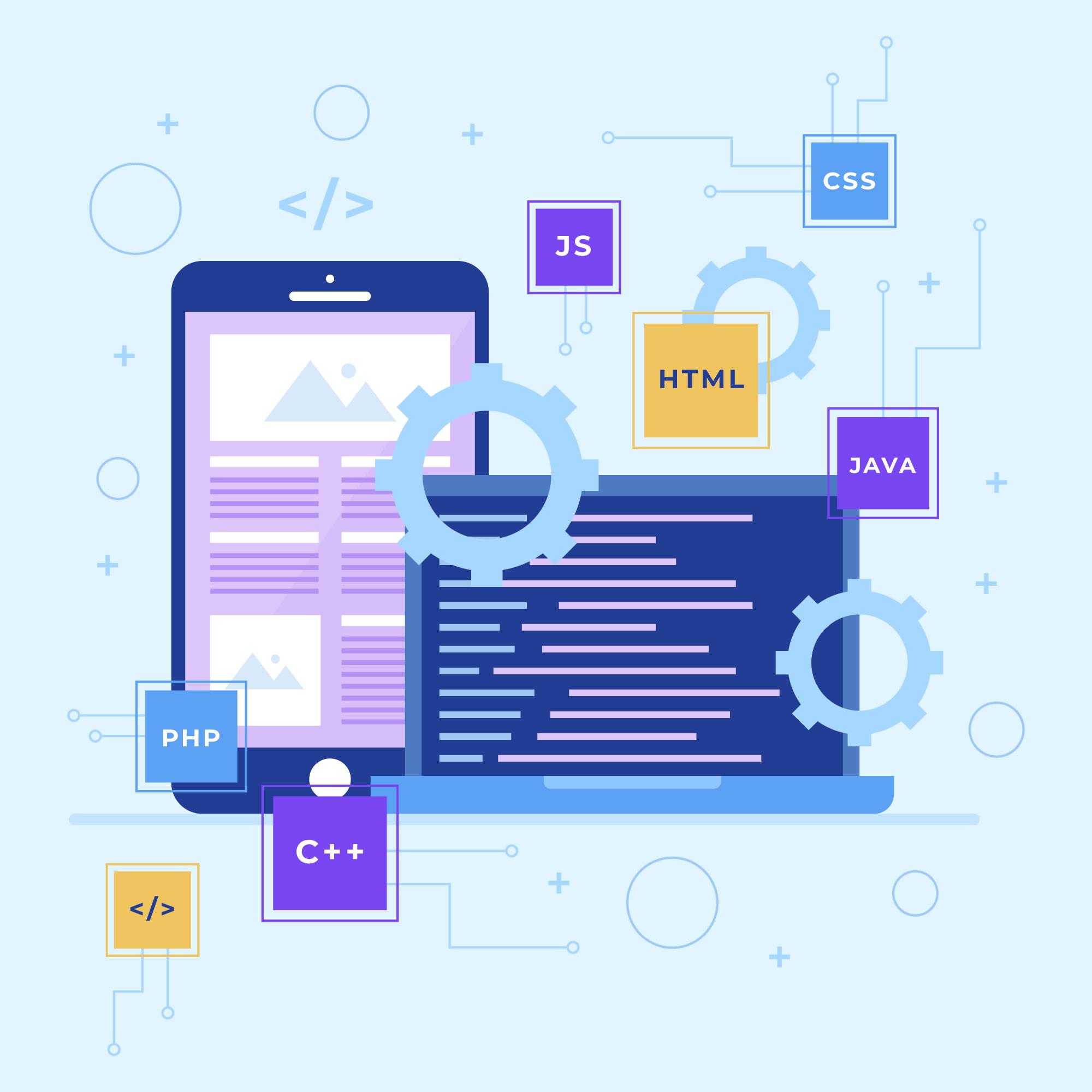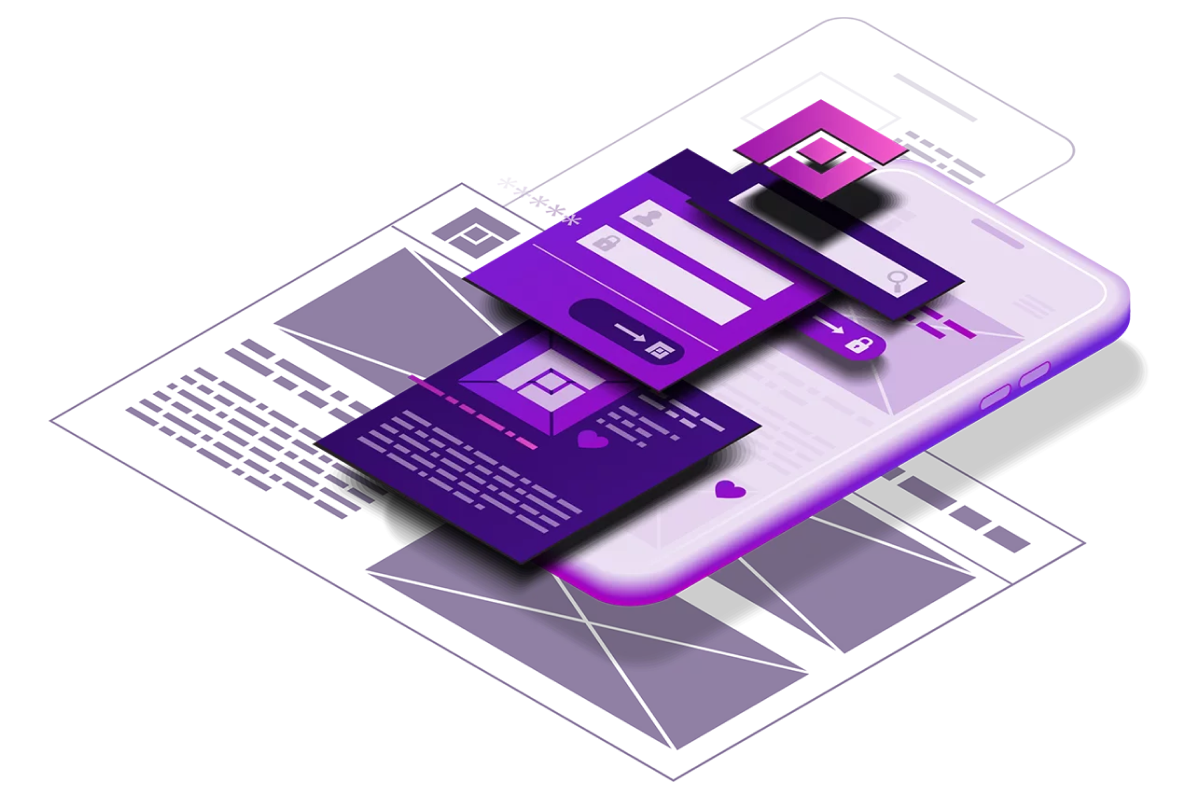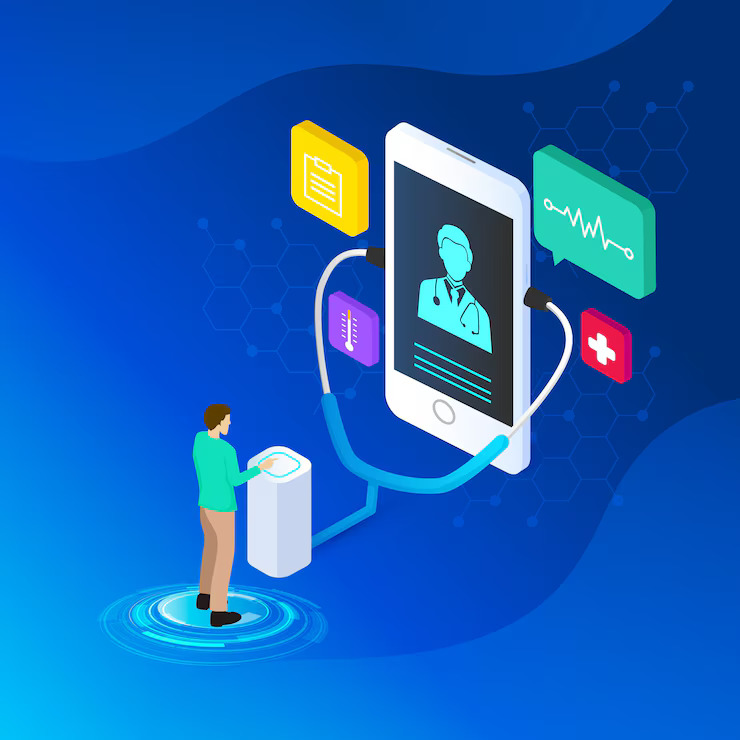How React Native is Revolutionizing Mobile App Development for Wearable Devices?

In the ever-evolving landscape of mobile technology, wearable devices are rapidly gaining traction. From fitness trackers to smartwatches, wearables are changing how users interact with digital systems and services. As demand for smart wearable applications rises, developers and businesses face the challenge of building high-performance apps that are both scalable and cost-effective. That’s where React Native steps in.
✍️ With over 5 million apps available across stores, competition is intense. Learn how professional app development practices can help your app stand out in crowded marketplaces.
React Native, a powerful cross-platform framework developed by Meta (formerly Facebook), is revolutionizing the way mobile apps are developed—not just for smartphones, but increasingly for wearable devices. This article explores how React Native is transforming wearable app development and why it is becoming the preferred choice for businesses around the world.
1. The Rise of Wearable Technology
Wearable technology is no longer a futuristic concept—it’s a part of daily life. According to Statista, the number of connected wearable devices worldwide is projected to reach over 1.1 billion by 2026. Wearables such as smartwatches, fitness bands, and health monitors are now being used across diverse sectors including:
- Healthcare: For patient monitoring and diagnostics
- Fitness: For activity tracking and goal setting
- Finance: For contactless payments and notifications
- Retail: For personalized marketing and real-time customer engagement
However, the increasing diversity of wearable devices brings unique challenges—like limited screen sizes, different operating systems, and real-time data processing. This demands a flexible, high-performing development framework—like React Native.
2. Why React Native is Ideal for Wearable App Development
React Native has gained global recognition for its ability to streamline mobile app development by allowing developers to build applications for multiple platforms using a single codebase. But how does that benefit wearable devices?
Let’s take a deeper look.
✅ Cross-Platform Compatibility
Wearable applications are often designed to work as companions to mobile apps. React Native’s “write once, run anywhere” approach ensures that the same logic and UI components can be reused across iOS, Android, and wearable devices. This significantly reduces development time and ensures a consistent user experience across all devices.
🚀 Faster Time-to-Market
Time is money in the app development world. React Native allows for faster prototyping and development cycles. Its hot-reloading feature lets developers see code changes in real-time, speeding up testing and iteration.
With React Native, businesses can launch their wearable apps much quicker compared to native development frameworks.
⚙️ Access to Native Modules and Device APIs
Wearables often rely on native device features such as:
Accelerometers
GPS
Heart rate sensors
Bluetooth connectivity
React Native supports integration with native modules, allowing developers to access low-level device APIs. This ensures the app can make full use of a wearable's capabilities while maintaining optimal performance.
🎯 Efficient UI Rendering for Small Screens
Designing for small screens requires a minimalist, responsive UI approach. React Native’s component-based architecture allows developers to create sleek, dynamic user interfaces that adapt perfectly to the compact displays of wearable devices.
With built-in libraries and third-party tools, developers can ensure pixel-perfect design without overloading the device’s limited resources.
3. Use Cases of React Native in Wearables
React Native’s versatility makes it suitable for a wide range of wearable applications across different industries. Here are some notable examples:
🏥 Healthcare
Remote Patient Monitoring (RPM) apps
Medication reminders
Real-time health alerts for conditions like arrhythmia or low oxygen levels
Healthcare apps need to be HIPAA-compliant, fast, and secure. React Native supports encrypted data transfer and can integrate with third-party health APIs like Apple HealthKit or Google Fit.
🏃♂️ Fitness and Wellness
- Activity and sleep tracking
- Real-time performance coaching
- Calorie counters and hydration reminders
React Native apps can connect with wearable sensors to track fitness metrics and display them on the smartwatch in real-time.
💳 Finance
- Mobile payments via NFC-enabled wearables
- Budget alerts and transaction updates
- Investment trackers
React Native allows integration with secure payment APIs, enabling quick and reliable financial updates right from the user’s wrist.
🛍️ Retail and Customer Engagement
- Personalized in-store promotions
- Inventory and logistics management for staff wearables
- Loyalty and reward program notifications
Businesses can use wearables to deliver time-sensitive offers and alerts directly to their customers using React Native-based apps.
4. Benefits for Businesses
Adopting React Native for wearable app development provides several business advantages:
💰 Cost Efficiency
Instead of maintaining separate codebases for Android Wear and watchOS, React Native allows companies to develop both with one team and one codebase. This reduces development costs by 30–50%.
⚡ Rapid Development Cycles
React Native supports modular architecture and reusable components. This reduces app build time significantly and makes it easier to roll out updates or new features.
📈 Scalability
As your business grows, you can easily scale your app by adding new features, integrating more wearables, or expanding across platforms—all without a complete code rewrite.
👍 Better User Experience
Seamless UI/UX between mobile and wearable devices enhances customer satisfaction and brand engagement.
5. Why Partner with a Custom React Native App Development Company
While React Native simplifies cross-platform development, building efficient apps for wearables still requires deep technical know-how—especially regarding performance, battery optimization, and real-time sensor data handling.
That’s why it’s wise to work with a Custom React Native App Development Company. Such companies bring:
- Years of experience in building cross-platform and wearable applications
- UI/UX specialists focused on micro-interactions for wearables
- Expertise in integrating hardware APIs and managing device limitations
- Full-cycle support from app design to deployment and maintenance
Partnering with professionals ensures your app is not just functional but also optimized for performance and user retention.
Conclusion
React Native is more than a framework—it's a strategic solution that empowers businesses to deliver high-quality, feature-rich apps across mobile and wearable platforms. With its rapid development cycle, cross-platform capabilities, and strong community support, React Native is truly revolutionizing mobile app development for wearable devices.
Whether you’re a startup or an enterprise, leveraging React Native for your wearable app project is a future-ready move—and choosing the right development partner can make all the difference.
Note: IndiBlogHub features both user-submitted and editorial content. We do not verify third-party contributions. Read our Disclaimer and Privacy Policyfor details.







